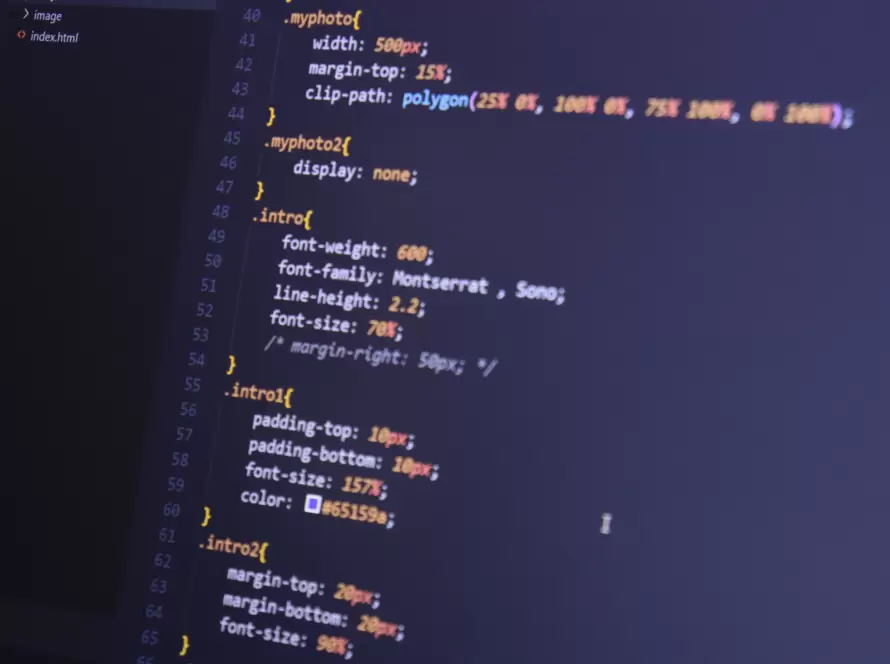Generated by Contentify AI

When it comes to web design, styling forms with CSS is essential for creating a visually appealing and user-friendly experience. From input fields to buttons, every element in a form plays a crucial role in capturing user information effectively. By following best practices in form styling, you can not only enhance the aesthetics of your website but also improve its usability.
One key aspect of styling forms with CSS is creating a cohesive and consistent design across all elements. By using a unified color scheme, font styles, and padding, you can ensure that your forms look visually appealing and easy to navigate. Additionally, implementing clear labels and placeholders in your form fields can help users understand the information they need to provide, reducing the risk of errors.
Another best practice to consider when styling forms with CSS is optimizing them for mobile devices. With more users accessing websites on smartphones and tablets, it’s crucial to ensure that your forms are responsive and easy to use on small screens. By using media queries and flexible layouts, you can adjust the size and spacing of form elements to provide a seamless experience across all devices.
In conclusion, styling forms with CSS following best practices is essential for creating functional and visually appealing web forms. By focusing on consistency, clarity, and mobile optimization, you can enhance the user experience and encourage more conversions on your website. Remember, a well-designed form not only looks great but also helps users complete their tasks efficiently and without frustration.



